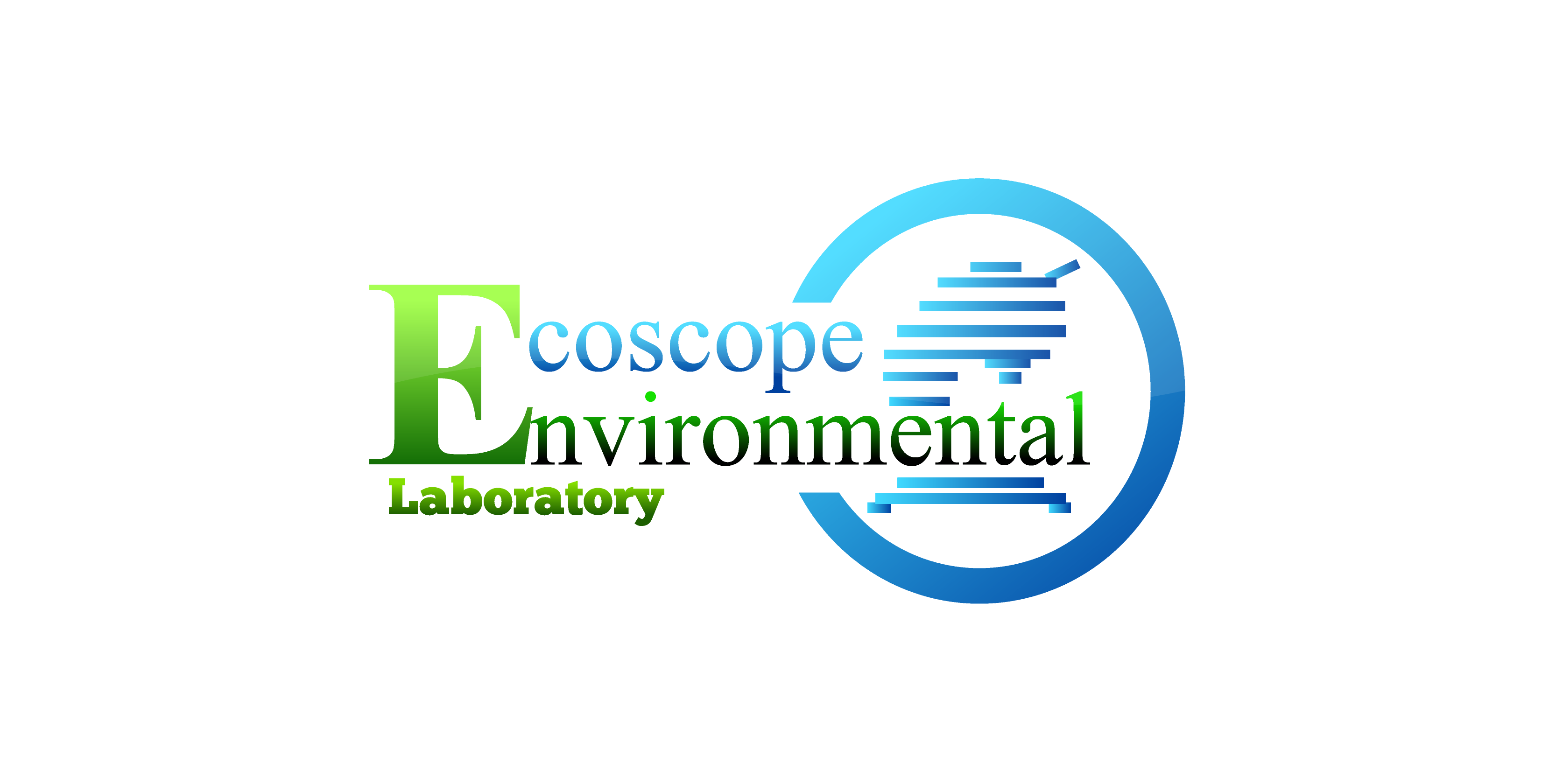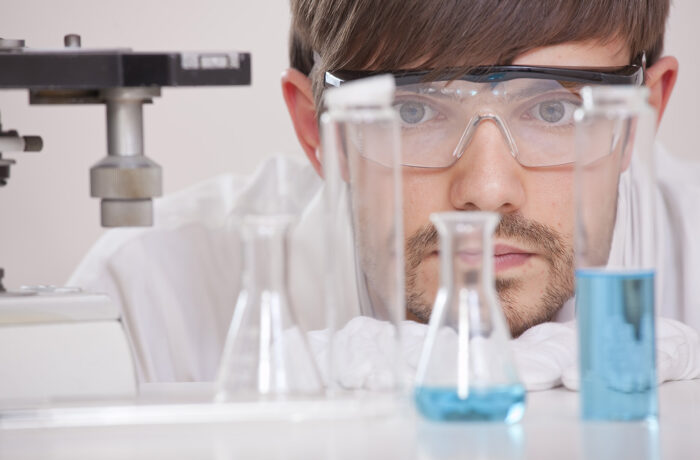A member of Phylum Porifera, the name derived from Latin words porus for pore and Ferre to bear, hence an animal with pores. This class of organisms is almost 600 million years old and makes up for more than half of the biomass in the marine reefs. They can be found in almost any aquatic environment including deep oceans and the frozen seas. Listed below characteristics make these organisms easy to recognise.
Free living at larval stage and sessile (attached to other objects) when adult
Most asymmetrical and some radially symmetrical
Multicellular
Body composed of few different kinds of cells that are not linked in a tissue. Loose arrangement of the cells in a gelatinous matrix allows them to separate and later come together to re-build a fully functional sponge.
Absence of true tissue and organs
Absence of true body cavity – cells and tissues enclose a water filled space
Absence of nervous, circulatory or proper digestive system
Skeleton made of spicules composed of calcium carbonate or silicon
Excretion and respiratory exchange performed by simple diffusion
Sexual and asexual reproduction by fragmentation, budding or gemmules
Filter feeder with the intracellular dig



